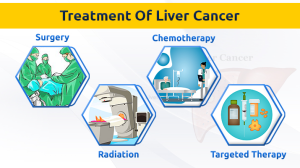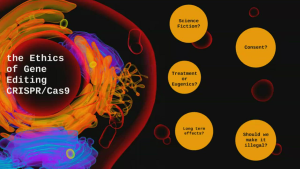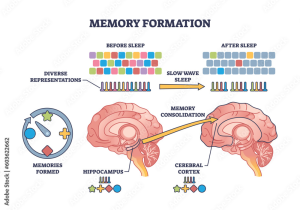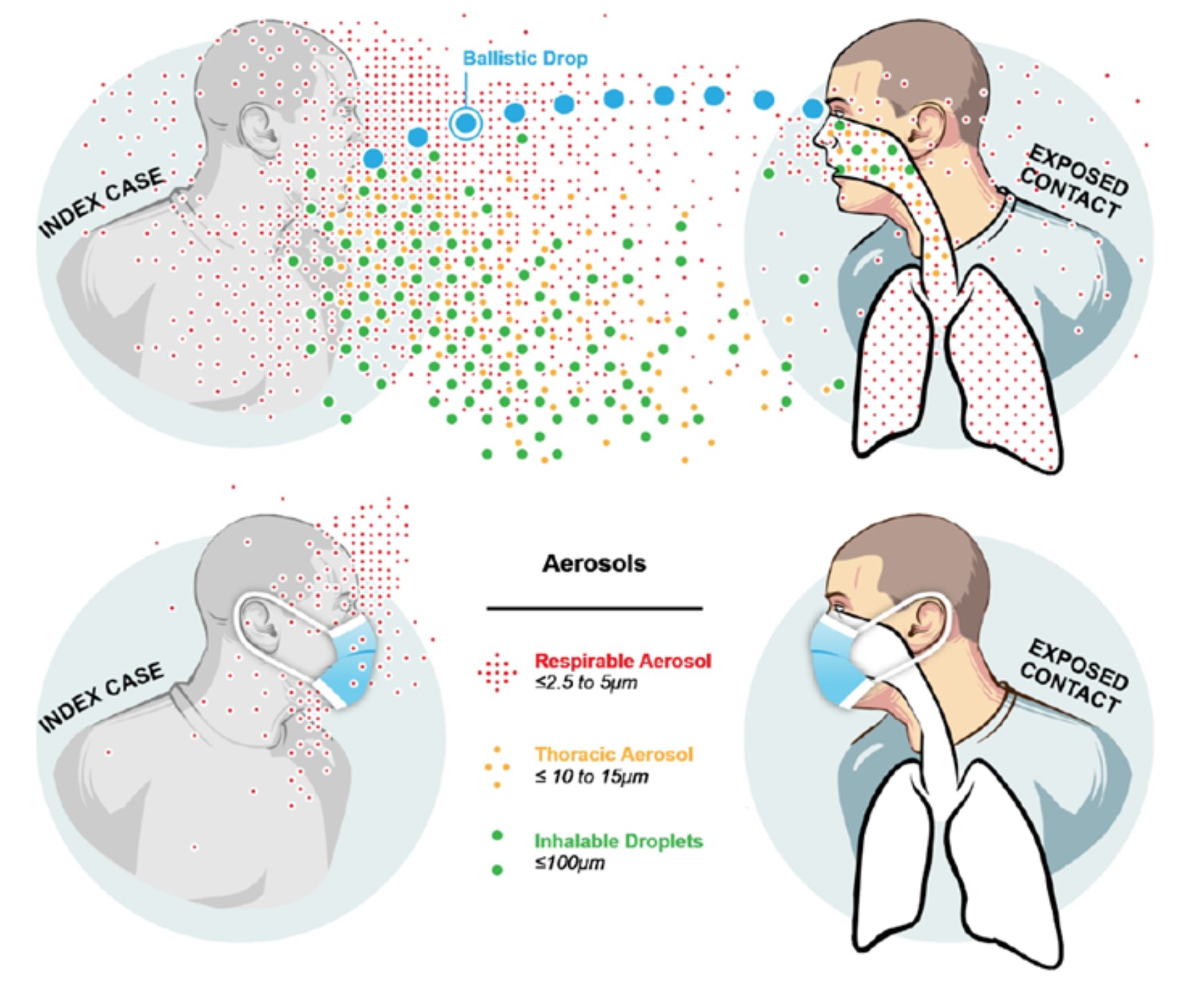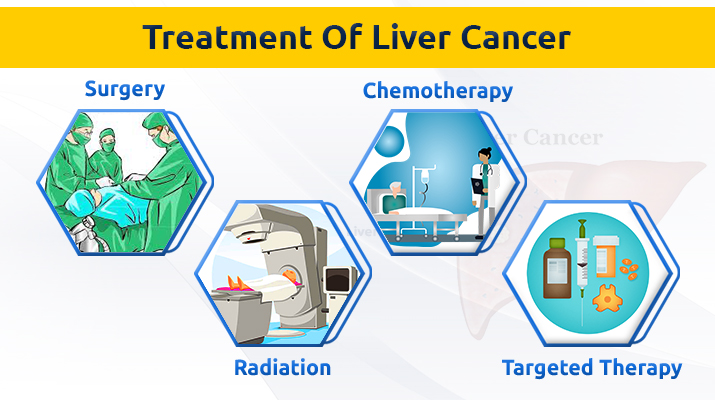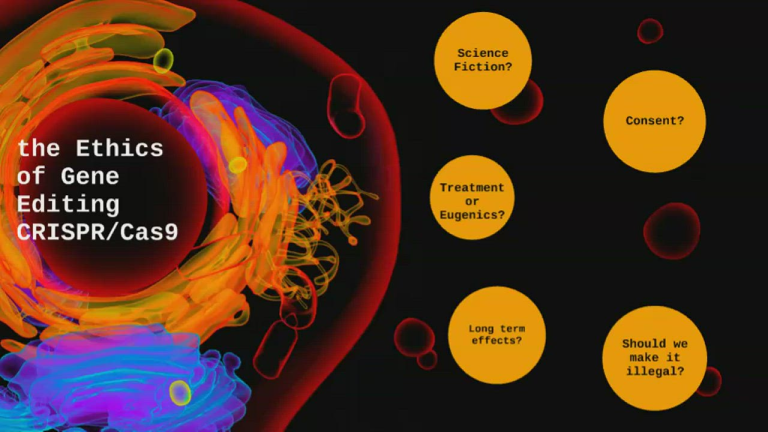Airborne disease control is a crucial aspect of public health that seeks to combat the spread of airborne diseases, which can be transmitted through pathogens carried in the air. Throughout history, the understanding of how these diseases spread has evolved, impacted by key figures in the field like William Firth Wells. In his recent exploration of this complex history, Carl Zimmer sheds light on the challenges that researchers faced, particularly how personality traits can affect the acceptance of scientific ideas. By examining the germ theory and its implications for airborne diseases, we gain insight into the mechanisms that can effectively mitigate health risks. Understanding and implementing effective airborne disease control measures is essential in safeguarding populations and enhancing overall public health strategies.
In discussing strategies for managing diseases that are transmitted via the air, it’s important to recognize the various terms used to describe this phenomenon. Airborne pathogens, respiratory infections, and airborne transmission all refer to the same underlying issue of how diseases spread through the atmosphere. The investigation into these transmission mechanisms has been shaped by numerous scholars, including figures like Carl Zimmer and William Firth Wells, who have delved into the historical context and scientific discoveries related to these ailments. This examination not only highlights the evolution of our understanding but also emphasizes the importance of effective disease control methods within the broader scope of public health. By reevaluating our approach to addressing airborne ailments, we can improve preventive measures that protect communities from future outbreaks.
Impact of Personality on Scientific Progress in Airborne Disease Research
The influence of personality on scientific acceptance is not often discussed, but Carl Zimmer brings an intriguing perspective to the forefront in his latest work. He argues that certain researchers, like William Firth Wells, who had groundbreaking ideas regarding airborne diseases, faced significant obstacles due to their less-than-charming personalities. Despite Wells’ pivotal contributions in understanding how pathogens can be transmitted through the air, his lack of charisma and awkwardness in public speaking may have dampened the enthusiasm and support he needed from the scientific community, affecting the public perception of airborne disease control.
This phenomenon highlights how science, often perceived as objective and empirical, is still subject to human factors. Public acceptance of scientific theories, especially those related to public health, can be swayed by the personalities and communication styles of the researchers involved. Without effective advocacy for their ideas, even the most innovative theories can languish in obscurity, delaying progress in critical areas like airborne disease control, where early recognition of the issue could have saved countless lives.
Historical Perspectives on Airborne Disease Theories
The history of airborne disease theory is rich with fascinating developments and misconceptions, dating back to the time of Hippocrates who introduced the idea of miasmas. Long before the germ theory gained traction, many believed that diseases were caused by foul air. It wasn’t until the 19th century that public health began to evolve thanks to the rigorous investigations of scientists like Louis Pasteur, who advocated for germ theory and laid the groundwork for understanding how diseases could be transmitted through the air.
Zimmer’s exploration of these historical debates reflects how deeply ingrained misconceptions can hinder scientific progress. For decades, illnesses were primarily thought to spread through food and water, while airborne transmission was largely discounted. The refusal to acknowledge the air as a medium for pathogens resulted in significant public health failures, particularly evident during outbreaks like cholera. This resistance to the evolving understanding of airborne diseases showcases the necessity for continual education in public health, addressing historical biases that may still linger today.
Wells’ Contributions to Airborne Diseases and Public Health
William Firth Wells’ research in airborne disease control, particularly his findings on the efficacy of ultraviolet light in killing airborne pathogens, is a critical chapter in public health history. His experiments revealed groundbreaking insights into how viruses can be suspended in air and transfer from person to person, significantly altering how we perceive disease transmission. Moreover, their implications for controlling outbreaks stress the importance of ventilation and sanitation in spaces like hospitals, classrooms, and homes.
Despite these contributions, Wells faced hurdles from the very institutions that should have supported him. The academic politics surrounding his findings often overshadowed their practical applications, delaying the adoption of key measures in airborne disease control. His commitment to pursuing this line of research, in the face of personal and professional challenges, serves as a reminder of how essential it is to not only celebrate scientific discovery but also to ensure that these discoveries are actively embraced and implemented by the relevant public health frameworks.
The Evolution of Airborne Disease Research
The evolution of airborne disease research illustrates a complex interplay between science, societal attitudes, and the ongoing struggle against infectious diseases. Historical figures like Wells faced resistance against their theories not only from peers but also from prevailing societal beliefs. The shift from miasma theory to germ theory marked a significant turning point, yet it took decades for the implications of air quality and airborne pathogens to be fully appreciated in health policy.
Today, as public health officials grapple with new airborne viruses, the lessons from earlier scientists serve as both a cautionary tale and a beacon of hope. The recent pandemic underscored the necessity of addressing airborne diseases with effective control measures, a challenge that requires both a commitment to scientific research and a public receptive to evolving understandings in health science. Ultimately, the crossroad at which Wells first brought his ideas highlights our ongoing journey towards comprehensive airborne disease management.
The Role of Public Perception in Disease Control
Public perception plays a crucial role in the acceptance of scientific findings, particularly in the field of public health. The initial skepticism surrounding ideas like airborne transmission of diseases illustrates how societal beliefs can shape the trajectory of scientific research and its acceptance. Carl Zimmer’s insights into the struggles faced by scientists like Wells offer a compelling narrative about how an unappealing personality can lead to public indifference or outright rejection of important health theories.
Raising awareness on the importance of understanding airborne diseases requires not just rigorous scientific evidence but also effective communication strategies to reach diverse audiences. This includes public health campaigns that educate the public on the mechanisms of disease transmission and promote adherence to safety measures. As history has shown, when people are informed and engaged, public health initiatives have a better chance of being embraced, ultimately leading to improved disease control outcomes.
Lessons from Historical Figures in Public Health
Carl Zimmer’s examination of historical figures like William Firth Wells reminds us that personalities, as much as scientific facts, can influence the acceptance and implementation of public health measures. The struggles Wells faced challenge the notion that objective science alone drives public health advancements. Instead, they reveal the intricate relationship between human behavior, communication, and scientific acceptance.
These lessons are pertinent today as we encounter new challenges in public health, requiring a more nuanced understanding of how scientific research is perceived and acted upon. The need for effective transmission of scientific knowledge, inclusive of compelling narratives, strikes at the heart of fostering a proactive stance toward airborne disease control and other public health initiatives. Bridging the gap between research and public perception remains a critical challenge for contemporary scientists and health advocates.
The Disruption of Scientific Discovery by Personal Dynamics
The impact of personal dynamics in scientific discovery cannot be understated. The experiences of William Firth Wells serve as an object lesson in how interpersonal relationships and professional rivalry can impede progress in critical public health research. Despite his innovative work, Wells’ contentious relationships and his struggles to effectively communicate his findings limited his influence on airborne disease control, highlighting an unfortunate side of academia that can hinder scientific growth.
In contrast, vibrant communication and collaboration often propel scientific advancements, underscoring the need for researchers to cultivate not just their theories but also their interpersonal skills. The study of airborne diseases is incredibly complex, requiring multidimensional approaches and teamwork. This suggests that fostering positive relationships and effective communication could lead to breakthroughs that might otherwise remain obscured in the shadows of scientific rivalry and personal awkwardness.
The Importance of Recognition in Scientific Fields
Recognition in scientific fields, especially ones as crucial as public health, can significantly affect the direction and tempo of research initiatives. Zimmer highlights how Wells’ contributions were frequently overlooked due to his inability to foster a positive public persona. This neglect not only shaped Wells’ career but also delayed the recognition of airborne disease control as a public health priority, underscoring the importance of acknowledging pioneering efforts in science.
To ensure that groundbreaking research influences public health, it is crucial to create an environment that recognizes diverse talents and contributions, regardless of personal background or charisma. Elevating lesser-known contributors alongside well-recognized figures could enhance collaborative efforts and spur innovation. This collective recognition could potentially flatten the barriers that obstruct progress in understanding and controlling airborne diseases, leading to a healthier society.
Future Directions in Airborne Disease Control
As we look to the future of airborne disease control, it is essential to integrate the lessons learned from historical figures like Wells with modern scientific practices. The recent challenges posed by airborne pathogens illustrate the urgent need for ongoing research, adequate funding, and public awareness. The acknowledgment of past mistakes and the personalities that influenced them should guide current efforts to prevent similar setbacks in public health.
Moving forward, a multidimensional approach that combines rigorous scientific inquiry with effective communication strategies will be paramount in air quality management and airborne disease prevention. Public health officials must work collaboratively across disciplines to establish protocols based on Wells’ findings, such as utilizing UV light to combat airborne pathogens, to ensure that these measures are widely adopted and understood by the public, creating a healthier future.
Frequently Asked Questions
What are airborne diseases and how can they be controlled?
Airborne diseases are infections that can be transmitted through the air via respiratory droplets or aerosols released by infected individuals. Control measures include wearing masks, improving ventilation, using air filtration systems, and employing ultraviolet (UV) light to disinfect air, as demonstrated by researchers like William Firth Wells.
How did Carl Zimmer contribute to the understanding of airborne disease control?
Carl Zimmer has highlighted the historical development of airborne disease control in his book “Air-Borne: The Hidden History of the Life We Breathe,” emphasizing the critical contributions of scientists like William Firth Wells to our understanding of how pathogens spread through the air and the challenges they faced in achieving public acceptance.
What role did William Firth Wells play in the study of airborne diseases?
William Firth Wells was a pioneering researcher who provided early evidence that airborne pathogens could spread diseases. His experiments demonstrated how UV light could eliminate these pathogens, significantly contributing to the field of airborne disease control, although his groundbreaking work faced challenges due to his personality and disputes with colleagues.
What is the germ theory and how does it relate to airborne disease control?
The germ theory posits that microorganisms are the cause of many diseases, including those transmitted through the air. This theory underpins airborne disease control strategies, which aim to eliminate or reduce microbial transmission via air, reinforcing the findings of early researchers like Louis Pasteur and Wells.
How can UV light be used in airborne disease control?
Ultraviolet light can be utilized in the control of airborne diseases by disinfecting air and eliminating pathogenic microorganisms. William Firth Wells demonstrated its effectiveness in removing airborne pathogens, paving the way for modern air sanitation techniques used in public health.
Why is the historical perspective important in the study of airborne disease control?
Understanding the historical development of airborne disease control is crucial because it highlights past challenges and advancements in public health. As discussed by Carl Zimmer, recognizing the contributions and obstacles faced by early researchers like Wells can inform current strategies in combating airborne diseases.
What are some modern challenges in airborne disease control?
Modern challenges in airborne disease control include public skepticism about airborne transmission, the rapid emergence of new pathogens, and complex social behaviors that affect compliance with health measures such as mask-wearing and ventilation improvements.
| Key Point | Details |
|---|---|
| Dull Personality Impacting Research | Carl Zimmer proposes that the lack of social skills and a dull demeanor of researcher William Firth Wells hindered advancements in airborne disease control. |
| Historical Context | The understanding of air as a medium for disease transmission has evolved from ancient theories to modern science, yet airborne pathogens were often overlooked in disease response strategies. |
| Wells’ Experiments | In the 1930s, Wells’ pioneering experiments using a centrifuge provided evidence that human exhalations can spread microbes through the air, but his poor presentation skills limited acceptance. |
| Conflict and Career Challenges | Ongoing disputes with supervisors and a disagreeable personality caused Wells to encounter repeated career setbacks despite his significant contributions to airborne disease research. |
| Validation of Findings | Wells later validated his theories through controlled experiments that demonstrated airborne disease transmission, but faced exclusion from key research positions. |
| Tragic End | Wells’ illness and subsequent death in a hospital where he conducted significant research highlighted the tragic nature of his contributions to airborne disease control. |
Summary
Airborne disease control remains vital in public health, especially as we reflect on the contributions and challenges faced by pivotal figures like William Firth Wells. His groundbreaking research underscores the importance of recognizing and validating the role of airborne pathogens in disease transmission. Despite facing personal and professional obstacles, Wells’ legacy highlights the need for continued efforts in understanding and mitigating airborne diseases.

